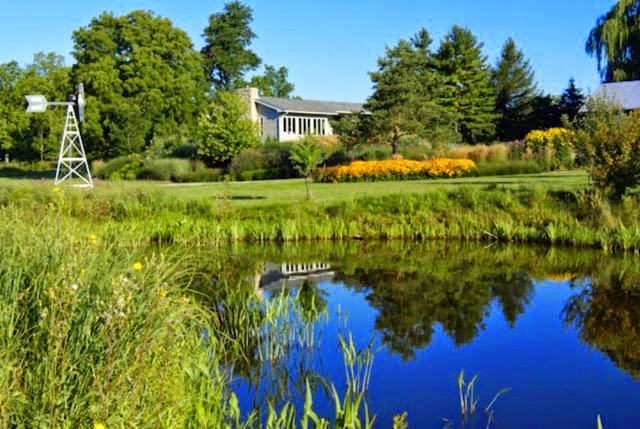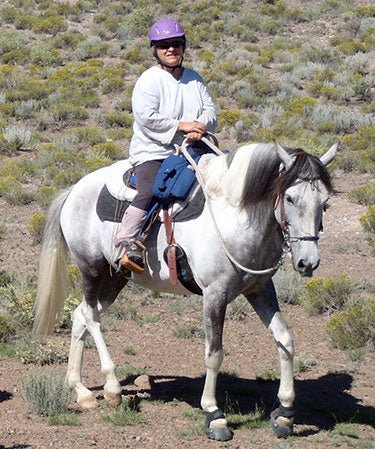 |
| Photo by Cailin Munroe |
In 2012, we did a blog article about Jon Little, a cheese maker in Black Mountain, North Carolina. Jon had built a very clever cheese cave and he shared his directions with us in the article.
Recently, we were having an e-mail conversation with Jon and he mentioned that we should do an interview with Bob Munroe from Canada. Bob had contacted Jon about his cave after he read the article and they had become friends.
We did contact Bob and he was willing to take time out from his busy schedule as a movie producer to answer a few questions for us. Bob works as a producer, director and visual effects supervisor in the film industry and he was involved in Blade II, Cube, X-Men, Dolphin Tale, The Tudors, The Borgias, and on and on. For the complete list, click here.
Interview
 |
| Photo by Yvonne Cunnington |
 |
| Photo by Yvonne Cunnington |
 |
| Photo by Yvonne Cunnington |
The pictures of your home are beautiful!
My wife Torrie and I are actually living in paradise. We can’t believe how lucky we are!
How did you get interested in making cheese?
Very long path, from growing my own vegetables to pickling them to fermenting them to … well, I like to make my own butter, bake my own bread, maintain my own sourdough starter. I don’t always use store-bought ingredients for my cooking – no matter how fresh or organic – I often grow them or make them from scratch.* Not always easy, given I’m in the very demanding and unpredictable film industry. But in terms of being interested in food creativity and science, cheese was the natural next step.
Could not have done it however, without Jon Little’s awesomely inventive cheese cave (click here). Even my son, who is in his senior year in engineering, was impressed with Jon’s ingenuity. And, of course, cheesemaking.com for introducing me to Jon.
Thinking about it more, my job is an amalgam of
creativity and technology – visual effects, combined with directing,
combined with producing, so cheese making is in some strange way an
extension of that.
How do you find the time?
I live in rural Ontario but am on location around the world when in production. Most of the post production I manage from my home base.
What kinds of cheese did you begin with?
Standard stuff to start – ricotta, mozzarella, feta. I made two tomme wheels, but the recipe I used was incorrect I think (did not get it from cheesemaking.com!), over weighted them in the press for too long so ended up with two parm wheels – tasted pretty good though.
Currently doing an Irish whiskey
bandaged cheddar. That’s been aging for almost 7 months – going to crack
it open at the end of May. Keeping my fingers crossed.
I have also made loads of butter over the years. I use a KitchenAid stand mixer. I fill the bowl with 6 cups of organic pasteurized cream, then cover the bowl with much plastic film and tea towels until I get a whisk full of butter fat. It makes quite a mess but
I get some great real buttermilk. I then wash out the butter fat until all milk solids are gone. For salted butter, I blend in Murray River
salt (salt is salt is salt is salt is salt is salt, it all comes from the same place, the sea, and “trace minerals” from fancy salts provide only what they say they do, trace minerals, but I like the texture that Murray River salt adds).
Where are you getting your milk?
Unfortunately, raw milk is illegal here in Ontario.
How did you make your cave?
I did a search for homemade cheese caves and found the article on your site. I did indeed follow his directions exactly – bought all the equipment he specified. It’s really an ingenious setup. I had a few questions, so contacted him as the article said. My big problem is that I am using a wine fridge, which I believe handles humidity differently than a standard fridge – resulting in RH that was constantly lower than expected. So the only real change I had to make is to put a small tray of water in the bottom of the fridge that I have to refill every week or two. The fridge itself has a mostly sealed interior – no fan with which to move air around – so I bought a small computer fan and placed it in the fridge to keep air lightly circulating.
The big challenge has always been determining the real humidity in the fridge. I have three different hygrometers in the fridge and they all give different results. One will say that the RH is 67%, another will say 85% and another 95%. Yet when I do the sealed plastic bag test on them, they all give the same result. That said, it seems that the average of all the readings is accurate enough.
Jon was very instrumental in helping me figure a lot of this out, but the real game changer was his basic design. And we’ve became great email pals.
What are your cheese goals?
In the near future, I will be making Belper Knolle (it sounds really interesting and delicious – thanks again for the chevre culture!), Camembert, and going to retry the Tomme (the last recipe I used was from Artisan Cheese Making at Home – which I think specifies pressing for too long with too much weigh. However, it’s quite likely that I misinterpreted the recipe or did something else incorrectly, resulting
in a very dry, dense cheese, so I want to give it another shot. Once I get those under my belt (figuratively and somewhat literally), I want to
try a blue cheese.
Do you have any advice for other cheese makers?
Read, read, read. Try, try, try. Take copious notes. Fail. Read some more, try some more, fail some more. Eat your failures and try again. The journey can be so frustrating from a micro view, but soooooo much fun from a macro view! You’re not making just a food, but a staple. From scratch! Centuries of knowledge guiding you into something so cool. Enjoy it!


























































































































































